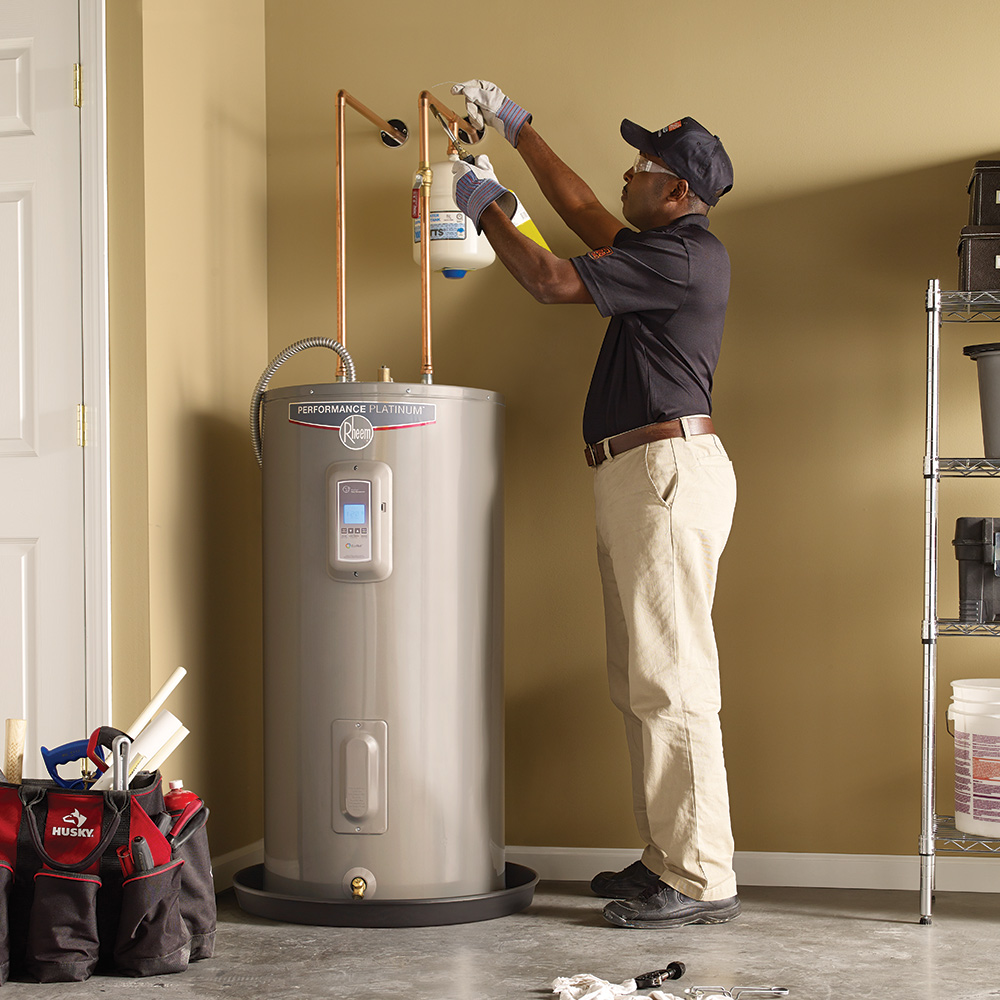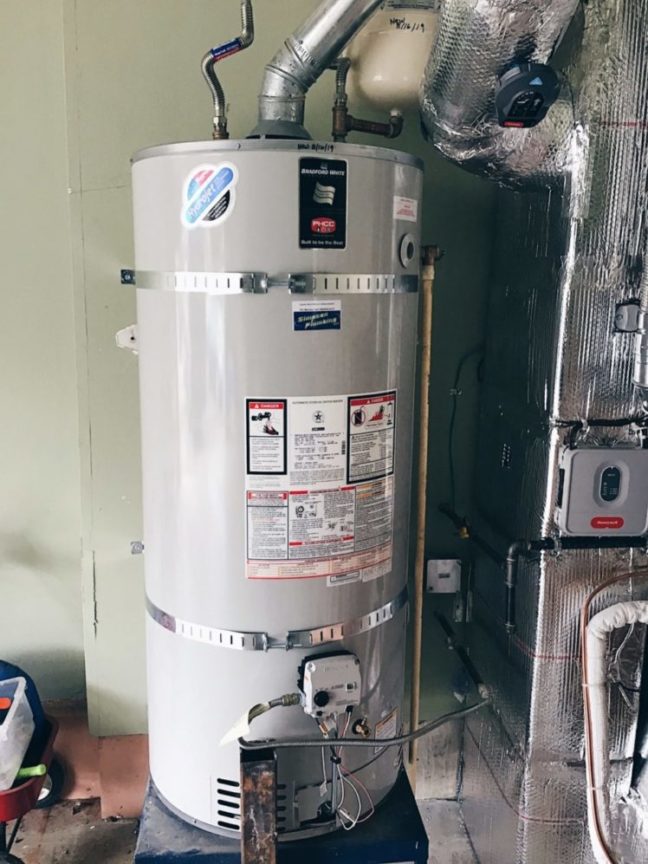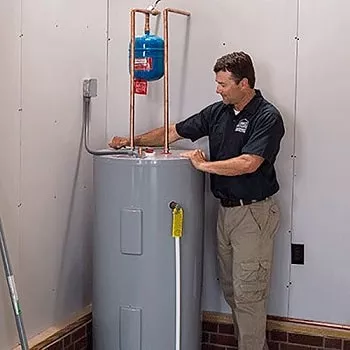Gas Leak Repair by Certified Technicians for Maximum Peace of Mind
Complete Guide to Water Heating SystemInstallation and Replacement
Understanding the intricacies of water heating unit setup and replacement is vital for house owners seeking to make sure performance and dependability in their warm water supply. From choosing the suitable type and size to performing a seamless installation procedure, numerous variables have to be taken into consideration to prevent typical pitfalls.
Kinds of Water Heating Systems
When taking into consideration hot water heater setup and replacement, it is necessary to recognize the different kinds of hot water heater offered in the market. The most usual types include container hot water heater, tankless water heaters, warm pump hot water heater, and solar hot water heater.
Storage tank water heaters are traditional systems that store a specific volume of hot water, making them easily offered when needed. In contrast, tankless water heaters supply warm water on demand, getting rid of the demand for storage.
Warm pump water heaters make use of electrical power to move warmth from the air or ground to warmth water, offering substantial power cost savings yet requiring more area and specific setup problems. Solar water heating systems harness solar energy to heat water, providing an environment-friendly choice with prospective long-lasting price financial savings, although they often require a backup system for cloudy days.
Comprehending these choices guarantees educated choices relating to setup and replacement, providing to certain demands and choices.
Selecting the Right Size
Picking the proper dimension for a water heater is crucial to make certain optimum performance and effectiveness. A system that is too tiny will struggle to satisfy family needs, resulting in irregular warm water accessibility and enhanced power usage. Conversely, an extra-large water heating unit can result in unneeded power waste and greater utility costs.
To identify the right dimension, consider the household's height hot water use. This can be calculated based upon the variety of residents and their typical warm water demands. A household of 4 may need a water heating unit with a capacity of 50 to 80 gallons, depending on the usage patterns, such as synchronised showers and laundry.
Furthermore, analyze the recuperation rate, which gauges how swiftly a heating system can replenish warm water after it has been utilized. For tankless designs, concentrate on the circulation rate, measured in gallons per min (GPM), to guarantee it meets the home's synchronised need.

Setup Refine Overview

Following, the old unit has to be separated and gotten rid of, taking care to follow regional codes and policies pertaining to disposal. As soon as the old system is out, the new hot water heater can be positioned in area. This step involves linking the supply of water lines, ensuring that all installations are protected and leak-free.
After establishing water connections, it's essential to attach the power supply, whether electric or gas, complying with the manufacturer's directions meticulously. As soon as all connections are made, the system needs to be loaded with water, and the power can be turned back on. Lastly, it is very important to examine for leaks and make certain the water heater is operating appropriately prior to finishing the installation process.
Typical Installment Blunders

Another regular error is neglecting to adhere to local codes and regulations. Falling short to comply with these requirements can not only lead to security hazards however might likewise lead to costly penalties or the need for expensive reinstallation. In addition, incorrect airing vent is an important problem. Poor ventilation can trigger unsafe gas buildup, presenting severe wellness dangers.
Failing to protect connections or using the incorrect kind of fittings can lead to leaks and water damages. By staying clear of these usual setup mistakes, homeowners can guarantee their water heating unit operates safely and successfully, optimizing efficiency and longevity.
Maintenance Tips for Long Life
Correct maintenance of a water heater is important for its long life and ideal performance. Routine evaluations and servicing can protect against expensive repairs and prolong the appliance's life-span. Begin by inspecting the temperature level setup; it should commonly be set in between 120 ° F and 140 ° F for ideal power performance and security.
Every 6 months, flush the container to remove debris build-up, which can harm home heating efficiency and cause rust. To do this, turn off the heater, attach a tube to the drainpipe valve, and allow the water run up until it is clear.
Anode rods must be inspected every year and changed when they are corroded. These rods aid avoid tank deterioration by attracting destructive components in the water.
In addition, check the pressure relief shutoff regularly to ensure it is working properly. This shutoff is important for preventing excessive pressure accumulation within the container.
Last but not least, think about scheduling a specialist upkeep check every couple of years for extensive assessments and maintenance. By sticking to these upkeep suggestions, house owners can dramatically boost the performance, safety and security, and life-span of their water heaters, making sure trusted warm water for several years ahead.
Verdict
In verdict, appropriate installation and upkeep of water heating systems are essential for guaranteeing efficiency and durability. By understanding these necessary aspects, property owners can achieve a trustworthy hot water supply while lessening potential problems related to water heating system operation.
Recognizing the complexities of water heating system installation and substitute is crucial for house owners seeking to make certain performance and integrity in their warm water supply.Tank water heating systems are traditional systems that Get More Information store a specific quantity of warm water, making them easily offered when required. In comparison, tankless water heating units offer warm water on need, visit the website eliminating the requirement for storage space. Picking a water heating unit that is either as well tiny or too large can lead to ineffectiveness, resulting in poor hot water supply or extreme power intake.
By understanding these vital elements, home owners can attain a dependable warm water supply while lessening possible concerns connected to water heater operation. gas leak repair.